California’s grid is feeling the pressure from its substantial solar power capacity—nearly 47 gigawatts, enough to light up 13.9 million homes.
While showcasing the state’s commitment to renewable energy, it also uncovers new hurdles in managing this abundant clean energy.
Negative Electricity Prices

On days rich with sunshine but low in demand, California’s energy abundance causes a curious situation: electricity prices can drop below zero, The Washington Post reveals.
This means the state occasionally has to cut back on solar production to prevent overwhelming the grid.
Pulling Back on Solar Perks
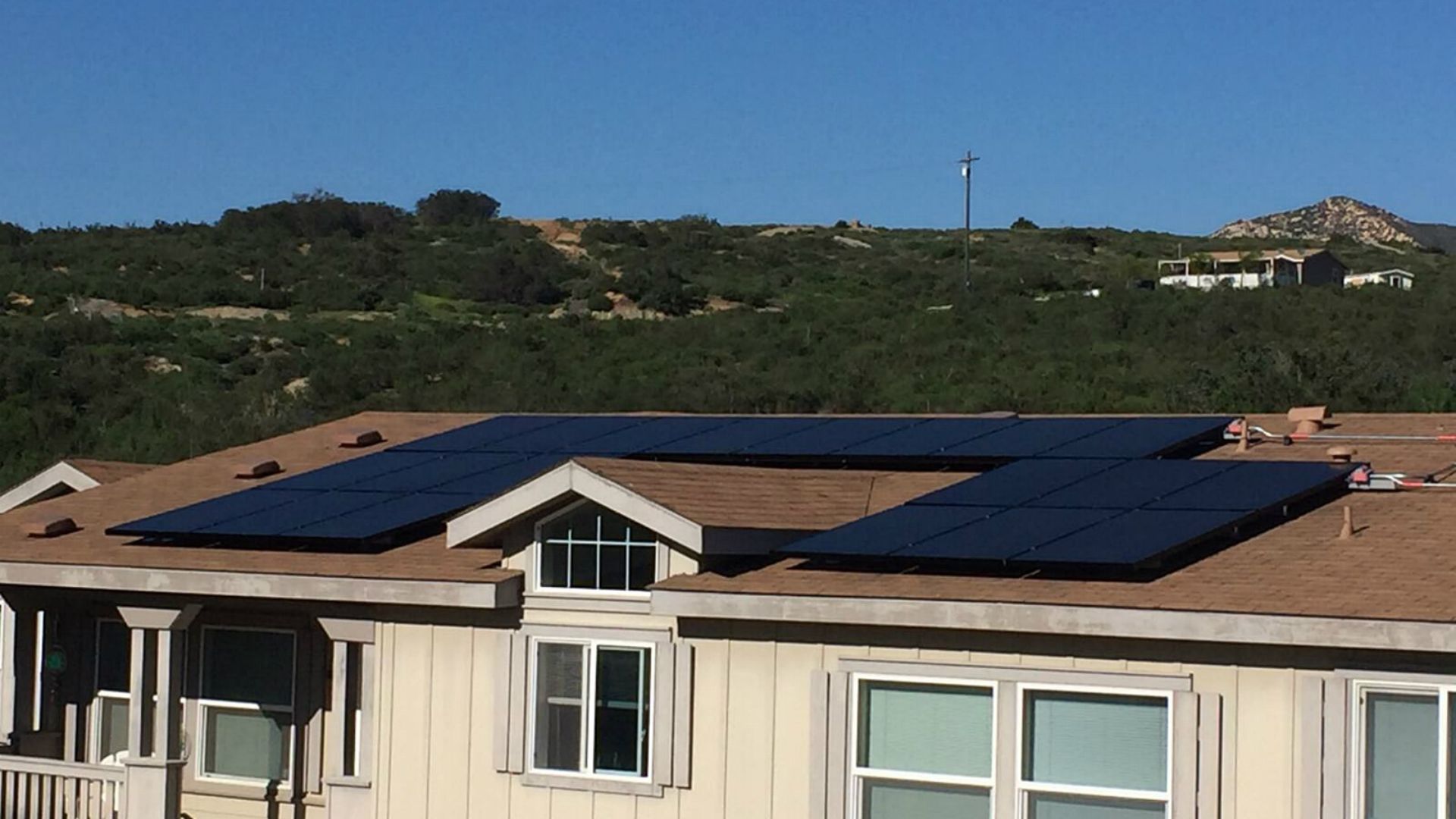
Faced with an overload of solar power, California has scaled back incentives for solar installations.
By reducing the pace at which new panels are added, the state aims to stabilize the market and ensure solar remains economically viable.
The Cost of Cutting Solar
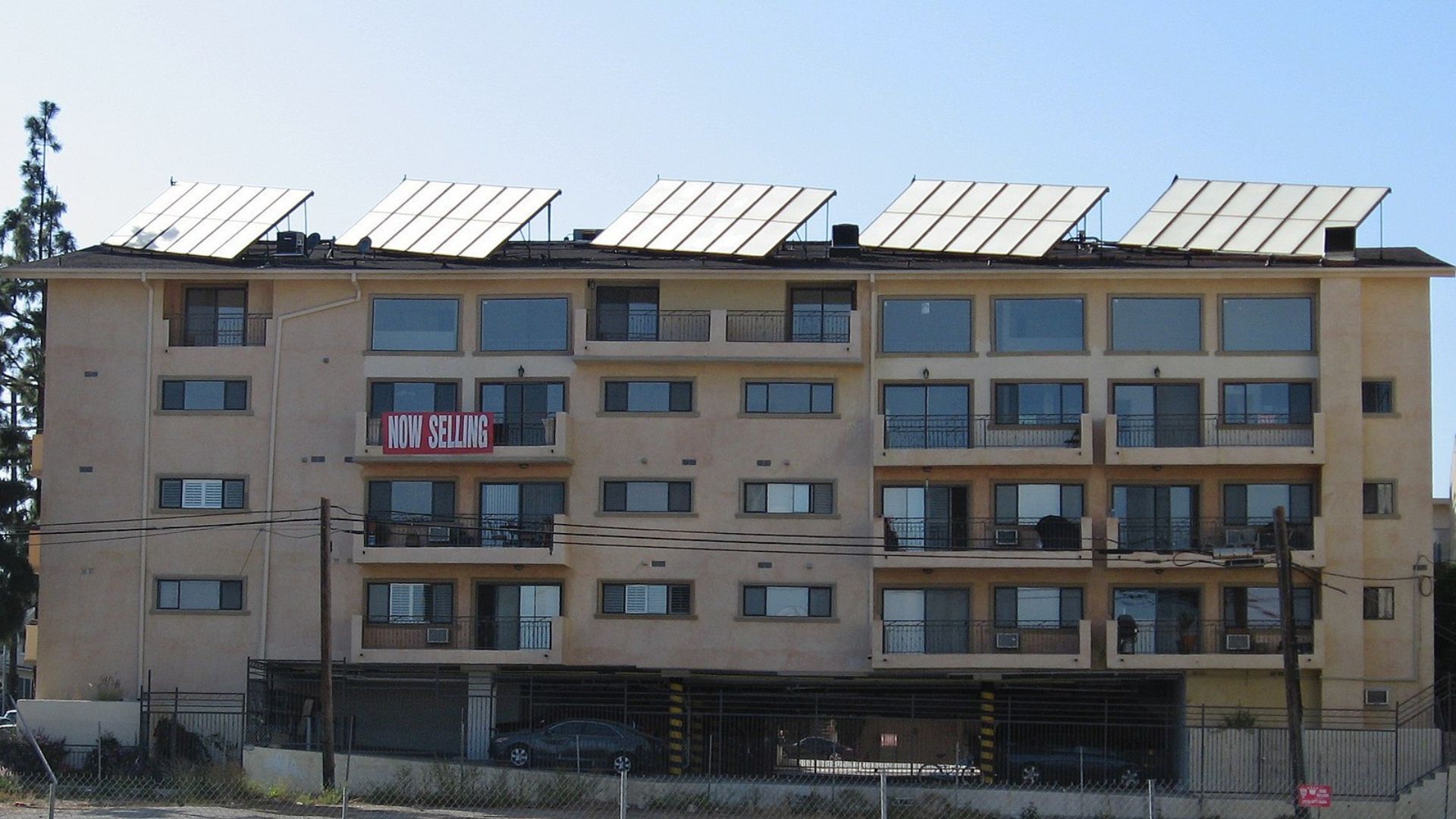
Curtailing solar power isn’t just about flipping switches to shut down excess production.
The Washington Post notes that this necessary measure can significantly impact the financial attractiveness of solar investments in California as it becomes a more common occurrence.
Home Solar Economics Shift
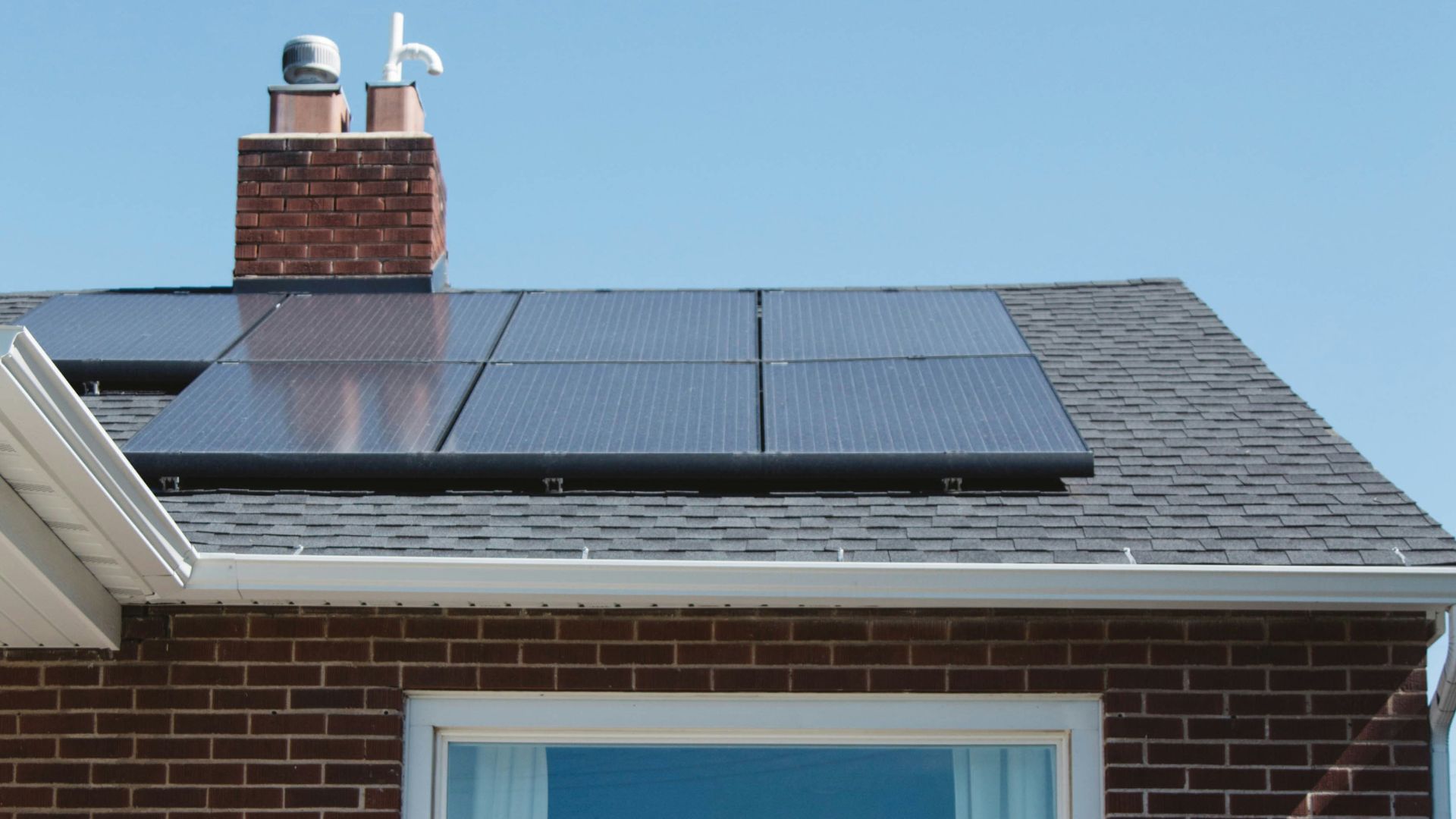
California’s recent changes to its net-metering policy mean that homeowners with new solar panels are paid based on current electricity market values, which can be minimal during times of low demand.
This change has dimmed the economic appeal of new solar installations.
The Infamous Duck Curve

Dubbed the “duck curve,” this graph shape illustrates the mismatch between high solar output and low demand, particularly pronounced in the spring.
This imbalance poses a unique challenge for grid management in California.
A Growing Issue: Solar Power Waste

In 2022 alone, California was forced to discard about 2.4 million megawatt-hours of solar energy.
Such significant loss accounted for roughly 1% of the state’s total power generation and 5% of its solar output.
A Downturn in Solar Installations Expected

The Washington Post reports that experts from Wood Mackenzie project a drastic reduction—about 40%—in California’s residential solar panel installations by 2024.
This prediction stems from increasing economic and regulatory challenges within the state’s solar sector.
Community Reaction to Policy Changes
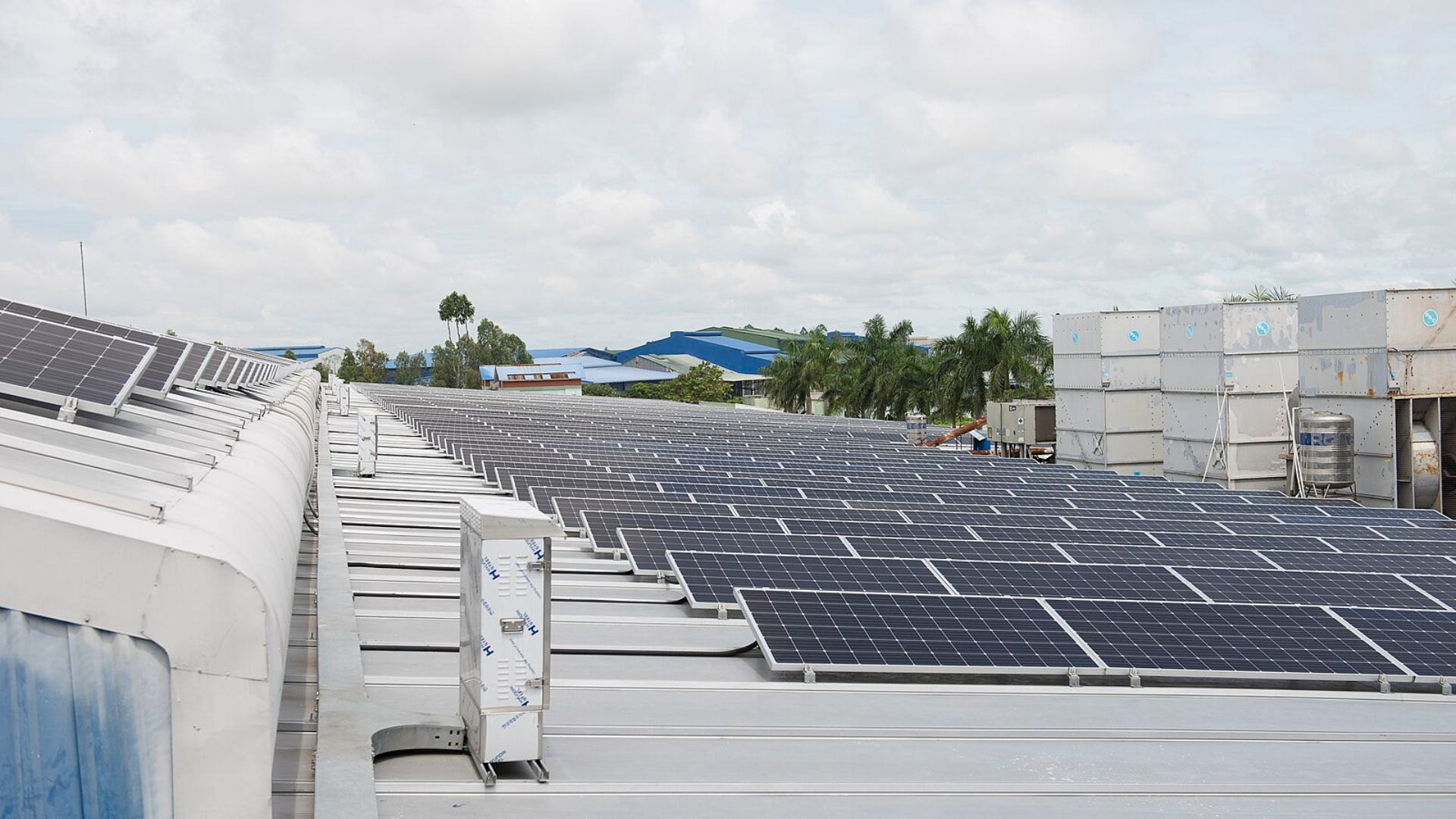
The adjustments to California’s net-metering system have sparked widespread dissatisfaction among the state’s solar community.
Stakeholders argue that the economic viability of solar investments has been severely compromised, stirring concerns over the future of solar growth.
A Nationwide Solar Struggle
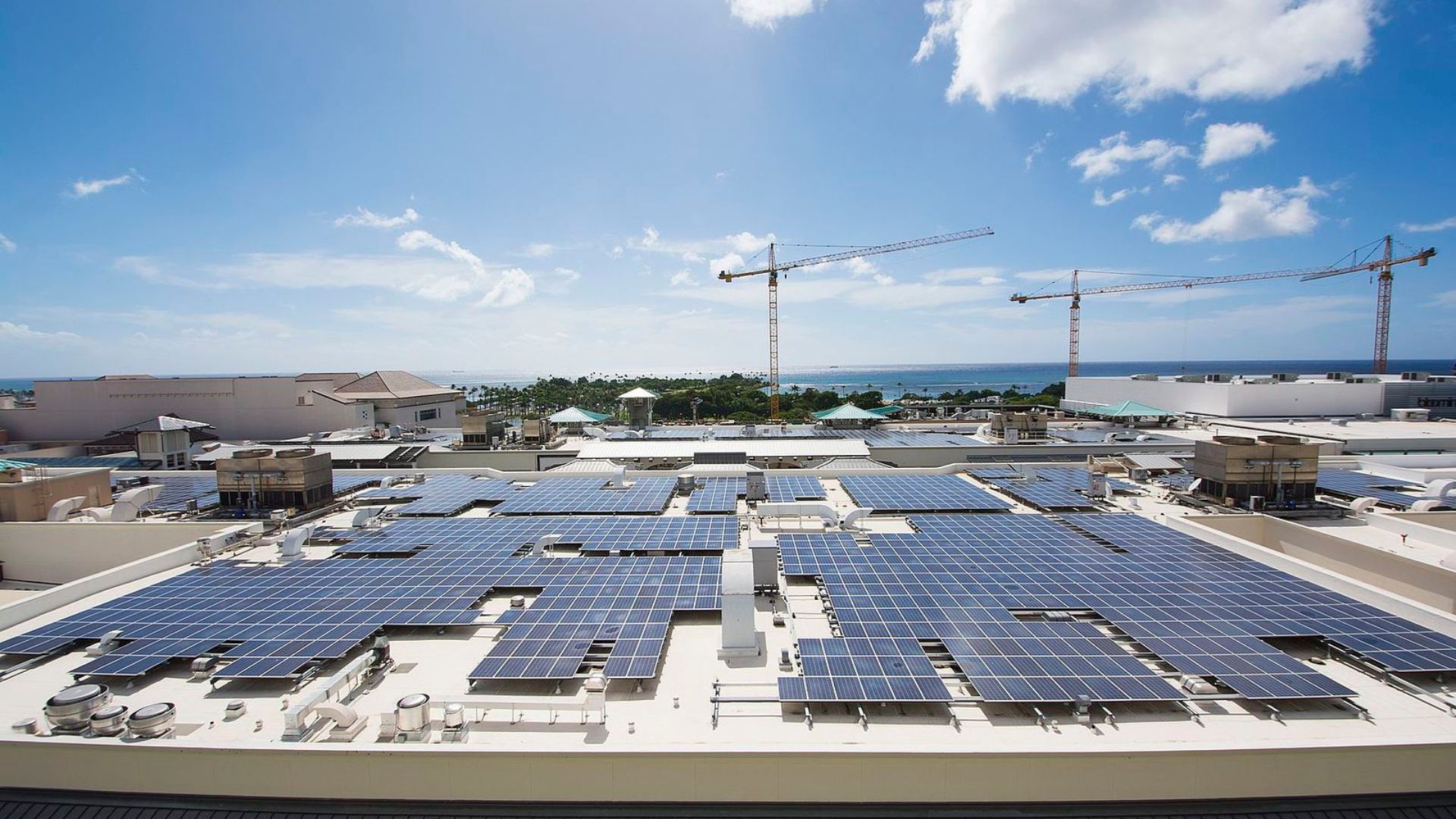
California isn’t alone in facing challenges with solar power management.
States like Nevada and Hawaii are encountering similar issues, evident from the development of their own duck curves, signaling a broader national challenge for states committed to significant solar investments.
Seeking Solutions for Solar Surplus
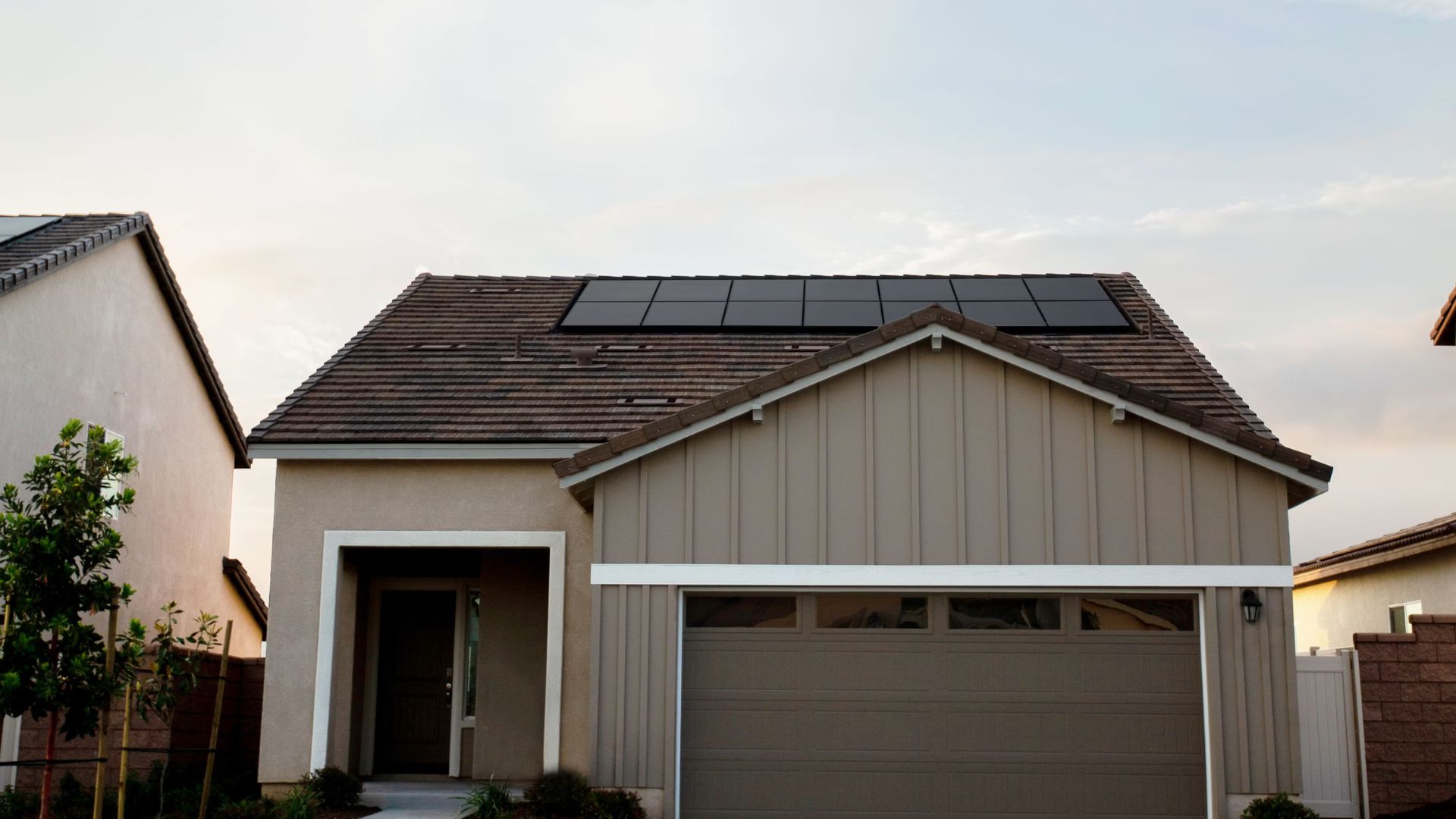
To manage the excess solar electricity effectively, California is exploring options such as selling surplus power to neighboring states and increasing investments in battery storage systems.
These strategies are aimed at maximizing the efficient use and distribution of solar-generated electricity.
Weighing the Cost of Solar Growth
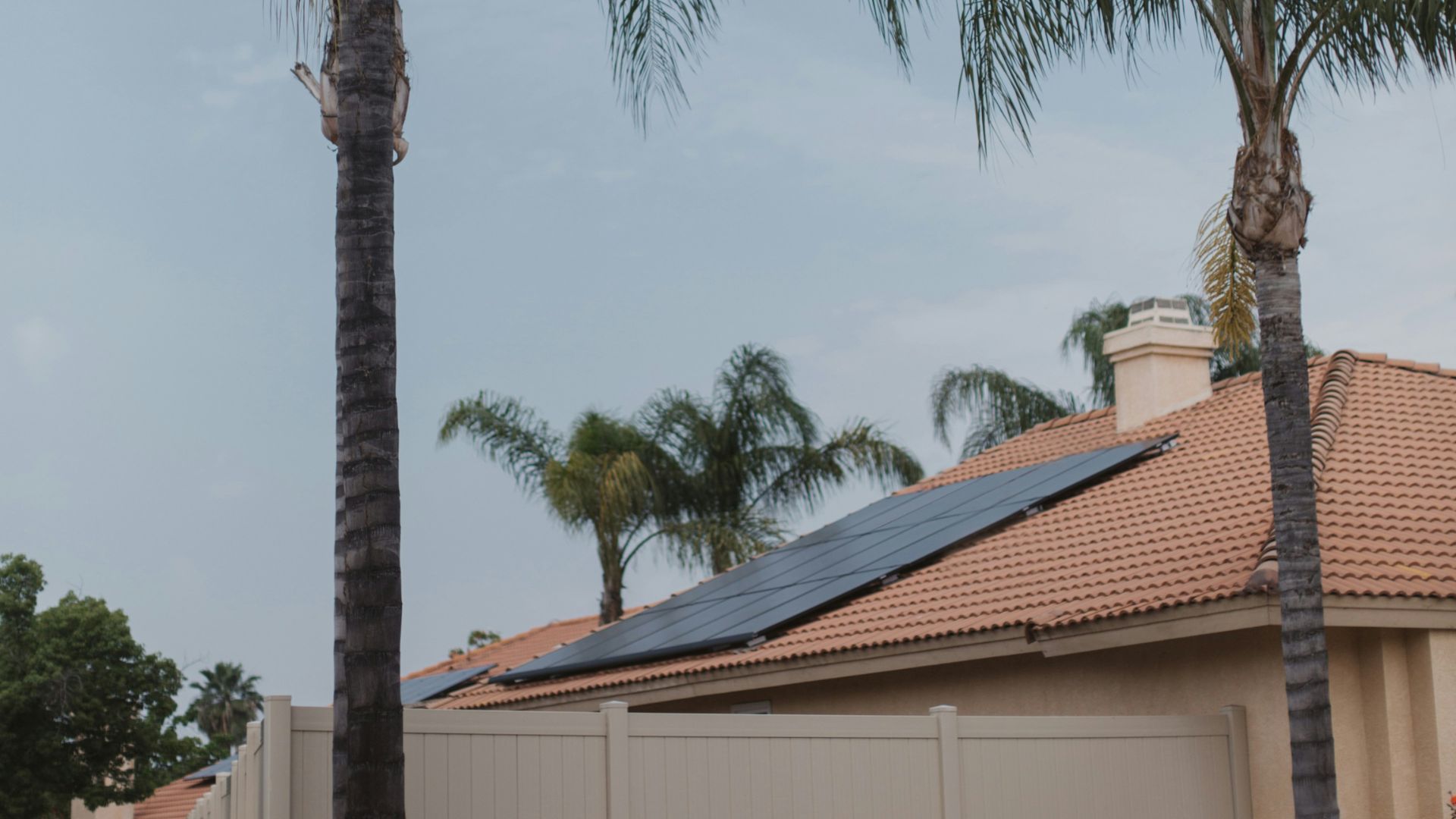
Paul Denholm from the National Renewable Energy Laboratory suggests that even though some solar power is curtailed, the overall economics of solar can remain beneficial.
This viewpoint emphasizes that the advantages of solar, both in cost savings and environmental impact, can outweigh the drawbacks of occasional overproduction.
